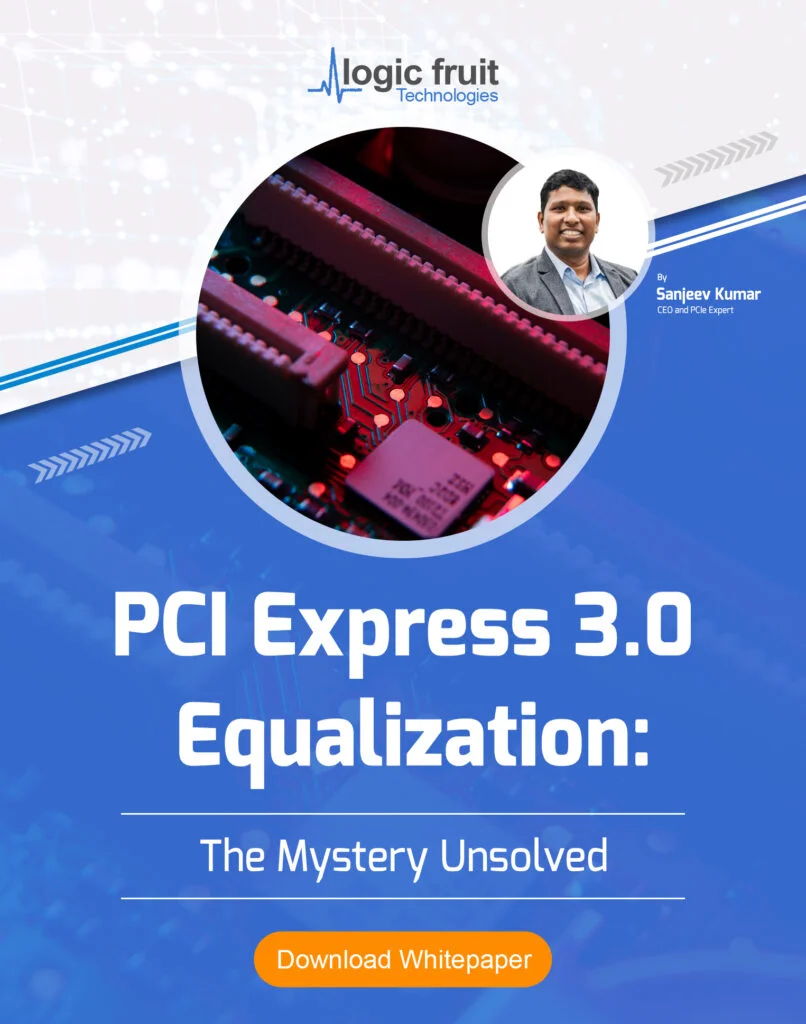Verilog is a popular hardware description language used for designing digital circuits. It is a powerful language that provides many features to describe complex circuits. One of the most important features of Verilog is its support for arrays. In Verilog, an array is a collection of variables of the same data type. It can be used to store and manipulate large amounts of data efficiently.
Understanding Verilog Arrays is essential for designing complex digital circuits. Arrays in Verilog are used to store and manipulate data efficiently. They are a collection of variables of the same data type. Verilog supports different types of arrays, including single-dimensional, multi-dimensional, and packed arrays. Each type of array has its own unique syntax and functionality.
Key Takeaways
- Verilog arrays are a powerful feature that allows for efficient storage and manipulation of large amounts of data.
- There are different types of arrays in Verilog, including single-dimensional, multi-dimensional, and packed arrays.
- Understanding the syntax and functionality of Verilog arrays is essential for designing complex digital circuits.
Understanding Verilog Arrays
Verilog arrays are a powerful feature that allows us to group elements into multidimensional objects. Arrays can be declared for various data types such as reg, wire, integer, and real. Each array dimension is declared by having the minimum and maximum indices in square brackets.
Declaring Verilog Arrays
The syntax for declaring an array in Verilog is as follows:
| data_type array_name [dimension1] [dimension2] … [dimensionN]; |
Where data_type is the type of data that the array will hold, array_name is the name of the array, and dimension1, dimension2, …, dimensionN are the dimensions of the array.
Initializing Verilog Arrays
Arrays in Verilog can be initialized using the following syntax:
| data_type array_name [dimension1] [dimension2] … [dimensionN] = {value1, value2, …, valueN}; |
Where value1, value2, …, valueN are the initial values for the array.
Accessing Verilog Array Elements
To access an element in a Verilog array, we use the following syntax:
| array_name[index1][index2]…[indexN] |
Where index1, index2, …, indexN are the indices of the element we want to access.
Multidimensional Verilog Arrays
Verilog arrays can have any number of dimensions, allowing us to create multidimensional objects. For example, a two-dimensional array can be used to represent a matrix, while a three-dimensional array can be used to represent a cube.
Conclusion
In conclusion, Verilog arrays are a powerful feature that allows us to group elements into multidimensional objects. They can be declared for various data types and can be initialized with initial values. Accessing array elements is done using indices, and arrays can have any number of dimensions.
Types of Arrays in Verilog
Arrays are a powerful feature in Verilog that allows us to store and manipulate multiple values of the same data type. Verilog has three types of arrays: Fixed Size Arrays, Dynamic Arrays, and Associative Arrays. Each type of array has its own unique characteristics and use cases.
Fixed Size Arrays
Fixed Size Arrays are the most commonly used type of array in Verilog. As the name suggests, the size of these arrays is fixed at compile time and cannot be changed during runtime. Fixed Size Arrays can be declared using the square brackets notation, and can be of any Verilog data type, including reg, wire, integer, and real.
Dynamic Arrays
Dynamic Arrays are another type of array in Verilog that allows us to allocate memory during runtime. Unlike fixed-size arrays, the size of Dynamic Arrays can be changed during runtime using the $size() system function. Dynamic Arrays can be declared using the square brackets notation with an asterisk * as the size, which indicates that the size is not fixed.
Associative Arrays
Associative Arrays are a type of array in Verilog that allows us to store and manipulate data using key-value pairs. Associative Arrays are declared using the string data type as the key and any other Verilog data type as the value. Associative Arrays can be used to implement lookup tables, memory caches, and other data structures that require fast access to data based on a key.
In conclusion, Verilog arrays are a powerful feature that allows us to store and manipulate multiple values of the same data type. Fixed Size Arrays, Dynamic Arrays, and Associative Arrays each have their own unique characteristics and use cases, and can be used to implement a wide range of data structures and algorithms in Verilog.
Operations on Verilog Arrays
Verilog arrays are a powerful feature that allows us to group elements into multidimensional objects that can be manipulated more easily. There are several operations that can be performed on Verilog arrays. In this section, we will discuss some of the most common operations.
Array Initialization
Array initialization is the process of assigning values to an array. In Verilog, arrays can be initialized using the following syntax:
| data_type array_name [dimension] = {value1, value2, …, valueN}; |
For example, to initialize a 2D array of integers, we can use the following code:
| integer matrix [2][3] = {{1, 2, 3}, {4, 5, 6}}; |
Array Indexing
Array indexing is the process of accessing a specific element of an array. In Verilog, array indexing is done using the following syntax:
| array_name[index1][index2]…[indexN] |
For example, to access the element at row 1, column 2 of the matrix array we initialized earlier, we can use the following code:
| integer element = matrix[1][2]; |
Array Manipulation
Array manipulation is the process of modifying the contents of an array. In Verilog, there are several built-in functions that can be used to manipulate arrays. Some of the most common functions are:
- $arraycopy: This function is used to copy a portion of one array to another array.
- $arraydelete: This function is used to delete a portion of an array.
- $arrayinsert: This function is used to insert a portion of one array into another array.
- $arrayreduce: This function is used to reduce the size of an array.
- $arraysort: This function is used to sort the elements of an array.
For example, to copy the contents of the matrix array to another array called copy, we can use the following code:
| integer copy [2][3]; $arraycopy(matrix, 0, copy, 0, 2*3); |
In conclusion, Verilog arrays are a powerful feature that allows us to group elements into multidimensional objects that can be manipulated more easily. We can initialize, index, and manipulate Verilog arrays using a variety of built-in functions.
Applications of Verilog Arrays
Verilog arrays are a powerful and versatile feature that can be used in a variety of applications. Here, we will discuss two common applications of Verilog arrays: memory modeling and data structures.
Memory Modeling
One of the most common applications of Verilog arrays is memory modeling. Verilog arrays can be used to model both RAM and ROM memories, making them an essential tool for digital circuit designers.
In Verilog, memories can be modeled using multi-dimensional arrays. For example, a two-dimensional array can be used to model a two-dimensional memory, where each element of the array represents a memory location. The contents of the memory can then be accessed by indexing the array with the appropriate address.
Verilog arrays can also be used to model memories with different data widths and addressing modes. For example, a memory with a 16-bit data width can be modeled using a one-dimensional array of 16-bit elements.
Data Structures
Another common application of Verilog arrays is in the implementation of data structures. Verilog arrays can be used to implement a wide range of data structures, including stacks, queues, and linked lists.
For example, a stack can be implemented using a one-dimensional array, where the top of the stack is represented by the index of the last element in the array. Push and pop operations can then be implemented by incrementing or decrementing the top index, respectively.
Similarly, a queue can be implemented using a one-dimensional array, where the front and rear of the queue are represented by two indices. Enqueue and dequeue operations can then be implemented by incrementing or decrementing the rear and front indices, respectively.
In conclusion, Verilog arrays are a powerful and versatile feature that can be used in a wide range of applications, including memory modeling and data structures. By leveraging the power of Verilog arrays, digital circuit designers can create efficient and scalable designs that meet the demands of modern electronics.
Common Mistakes and Solutions
When working with arrays in Verilog, there are several common mistakes that can lead to errors in code functionality. In this section, we will discuss two of the most common mistakes and solutions to avoid them.
Index Out of Bounds
One of the most common mistakes when working with arrays is accessing an index that is out of bounds. This can cause unexpected behavior, such as overwriting other variables or even crashing the simulation. To avoid this mistake, it is important to ensure that all array indices are within the bounds of the array.
To prevent this mistake, we can use the parameter statement to define the array size and then use the parameter in the array declaration. This ensures that the array size is consistent throughout the code. Additionally, we can use assertions to check that the array indices are within bounds.
| parameter ARRAY_SIZE = 8; reg [7:0] my_array [0:ARRAY_SIZE-1]; // Assertion to check index bounds assert (index >= 0 && index < ARRAY_SIZE) else $error(“Index out of bounds”); |
Incorrect Array Size
Another common mistake when working with arrays is using an incorrect array size. This can cause issues such as incorrect memory allocation or unexpected behavior. To avoid this mistake, it is important to ensure that the array size is correctly defined and consistent throughout the code.
To prevent this mistake, we can define the array size using a parameter or constant, as mentioned above. Additionally, we can use the foreach loop to iterate over the array and perform operations on each element. This ensures that the array size is consistent throughout the code.
| parameter ARRAY_SIZE = 8; reg [7:0] my_array [0:ARRAY_SIZE-1]; // Iterate over array using foreach loop foreach (my_array[i]) begin // Perform operation on each element my_array[i] = i * 2; end |
By avoiding these common mistakes and following best practices for working with arrays, we can ensure that our code is reliable and functions as expected.













This webpage is so blatantly AI generated